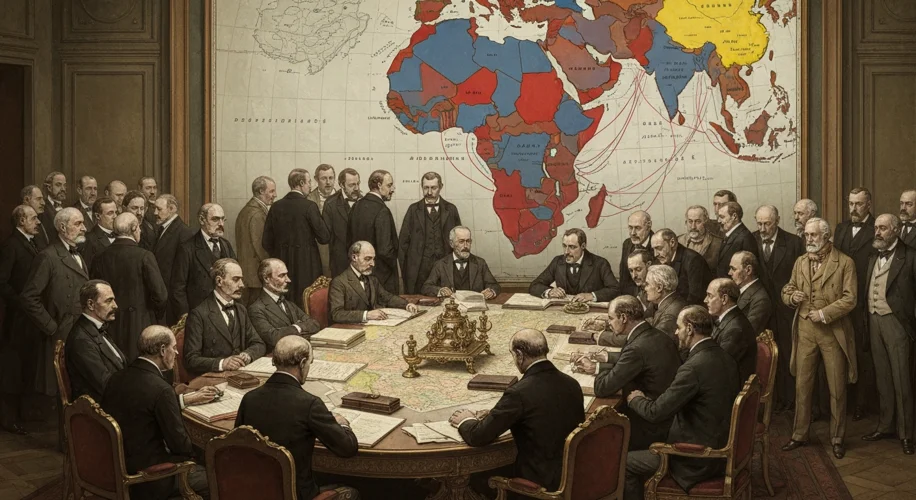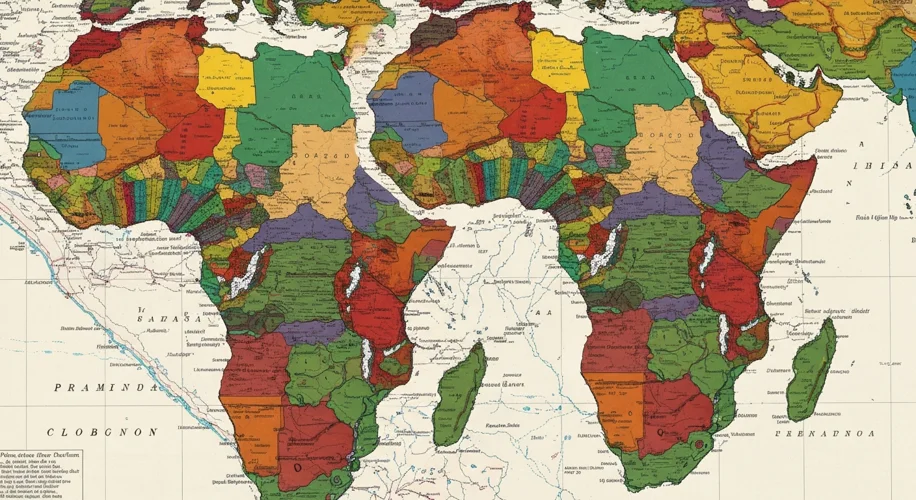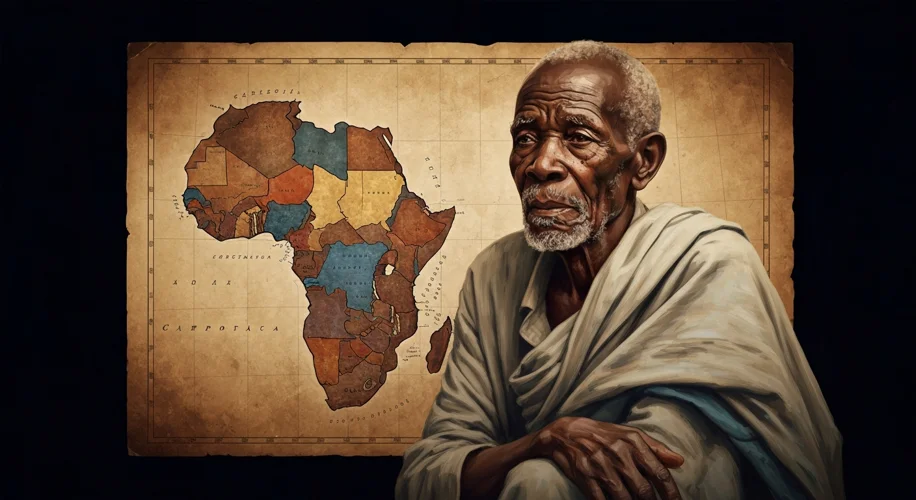The Great Divide: How Europe Carved Up a Continent
The late 19th century was a time of unprecedented global change, a period when the world map, particularly that of Africa, was being redrawn with astonishing speed and audacity. Between 1881 and 1914, European powers engaged in what history now remembers as the “Scramble for Africa,” a frenzied rush to claim vast swathes of the continent, often with little regard for the existing political structures, cultural boundaries, or the lives of the millions who called Africa home.
A Continent Ripe for the Taking?
For centuries, European presence in Africa had been largely confined to coastal trading posts and a few colonial settlements. The interior remained largely mysterious, a “dark continent” shrouded in European imagination and fear. However, several factors converged in the late 1800s to shatter this status quo. The Industrial Revolution in Europe had created an insatiable demand for raw materials like rubber, diamonds, gold, ivory, and palm oil – resources abundant in Africa. Simultaneously, industrial advancements in weaponry, such as the Maxim gun, gave Europeans a devastating military advantage over African forces.
Furthermore, a potent mix of burgeoning nationalism and a pervasive sense of racial superiority fueled European ambitions. Driven by a desire to assert their power on the global stage and to “civilize” what they perceived as “backward” peoples, European nations began to see Africa not just as a source of wealth, but as a symbol of prestige and imperial might. The famous words of Cecil Rhodes, a key figure in British expansion, encapsulated this ethos: “I contend that we [Britons] are the first race in the world, and the more of the world we inhabit, the better it is for the human race.”
The Berlin Conference: A Formalized Grab
This uncoordinated land grab threatened to erupt into open conflict between European powers. To avert such a war and to establish clear rules for the colonization process, Germany’s Chancellor Otto von Bismarck convened the Berlin Conference of 1884-1885. Ostensibly, the conference aimed to promote “free trade” and suppress the slave trade, but its primary outcome was the formalization of the partition of Africa.

What is perhaps most striking about the Berlin Conference is the complete absence of any African representation. The fate of an entire continent was decided by European diplomats, drawing arbitrary lines on a map that sliced through ethnic groups, linguistic communities, and established kingdoms. Boundaries were drawn based on geographical features, strategic interests, or simply the proximity of existing European claims, creating a legacy of internal divisions and conflicts that persist to this day.
The Architects of Empire
Key players in this drama included Britain, France, Belgium, Germany, Portugal, Spain, and Italy.
- Britain sought to control a continuous swathe of territory from Cairo to the Cape, envisioning a “red ribbon” of British influence across the continent. They established colonies in territories that would become Egypt, Sudan, British East Africa (Kenya), Uganda, Nigeria, the Gold Coast (Ghana), and Southern Rhodesia (Zimbabwe).
- France aimed for a vast west-to-east empire, consolidating its control over regions that would become French West Africa (Senegal, Mali, Niger, etc.) and French Equatorial Africa (Chad, Congo, Gabon).
- King Leopold II of Belgium personally claimed the vast Congo Free State (modern-day Democratic Republic of Congo), running it as a brutal personal fiefdom to extract rubber and ivory, leading to horrific atrocities.
- Germany acquired territories such as German South-West Africa (Namibia), German East Africa (Tanzania), Togoland, and Kamerun (Cameroon).
- Portugal expanded its long-held coastal claims into Angola and Mozambique.
- Italy gained control of Libya, Eritrea, and Italian Somaliland.

The Human Cost of the Scramble
The “peaceful” division of Africa at Berlin masked the brutal reality on the ground. European powers used military force to subdue African resistance, often employing overwhelming firepower. The Maji Maji Rebellion in German East Africa (1905-1907), the Zulu Wars in Southern Africa, and numerous other uprisings were met with ruthless suppression, resulting in hundreds of thousands of African deaths.
For those who survived the conquests, life under colonial rule was often characterized by forced labor, exploitative economic policies, the disruption of traditional social structures, and the imposition of European languages and laws. African resources were systematically extracted to fuel European industries, with little benefit returning to the continent’s inhabitants. Missionaries, while sometimes providing education and healthcare, also played a role in undermining indigenous cultures and beliefs.
A Legacy That Endures
The Scramble for Africa, though officially ending with the outbreak of World War I, left an indelible mark on the continent. The artificial borders drawn by European powers ignored ethnic and cultural realities, sowing the seeds for future conflicts and political instability. The economic systems imposed during colonization often created dependencies that continue to affect African nations today.

Understanding the Scramble for Africa is crucial for comprehending the modern political, economic, and social landscape of the continent. It was a period of profound injustice, driven by greed and a misguided sense of superiority, that fundamentally reshaped Africa and continues to echo through its history.
Categories: World History, Colonialism, African History
Tags: Scramble for Africa, European Imperialism, Berlin Conference, Colonial Africa
SEO Title: The Scramble for Africa: Europe’s Dramatic Carving of a Continent
SEO Focus Keyphrase: Scramble for Africa
SEO Meta Description: Explore the intense period of European colonization in Africa (1881-1914) known as the Scramble for Africa, driven by resources and imperial ambition. Learn about the Berlin Conference and its lasting impact.

